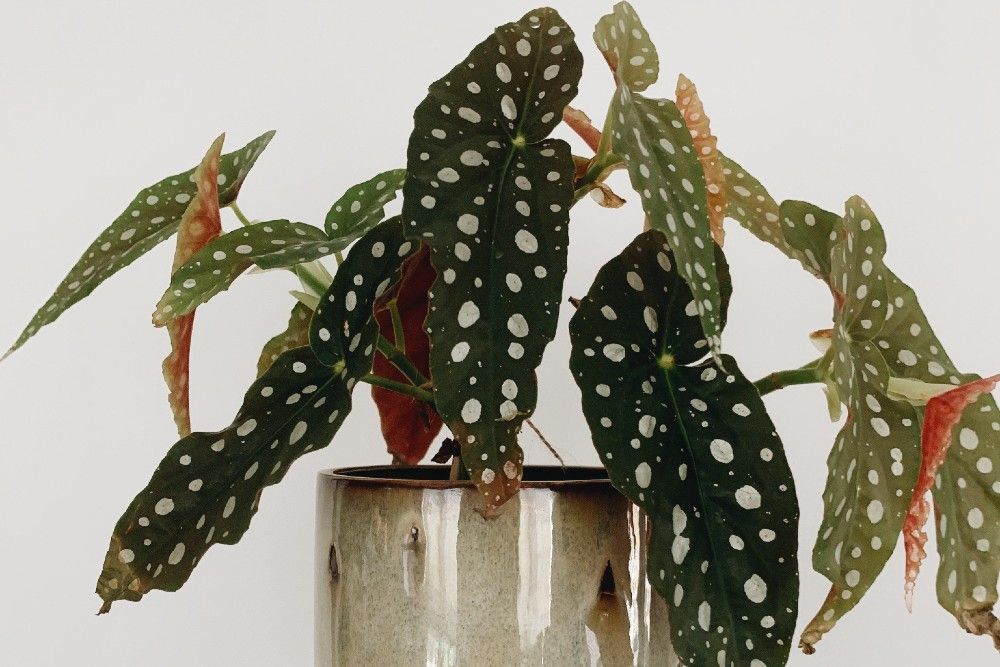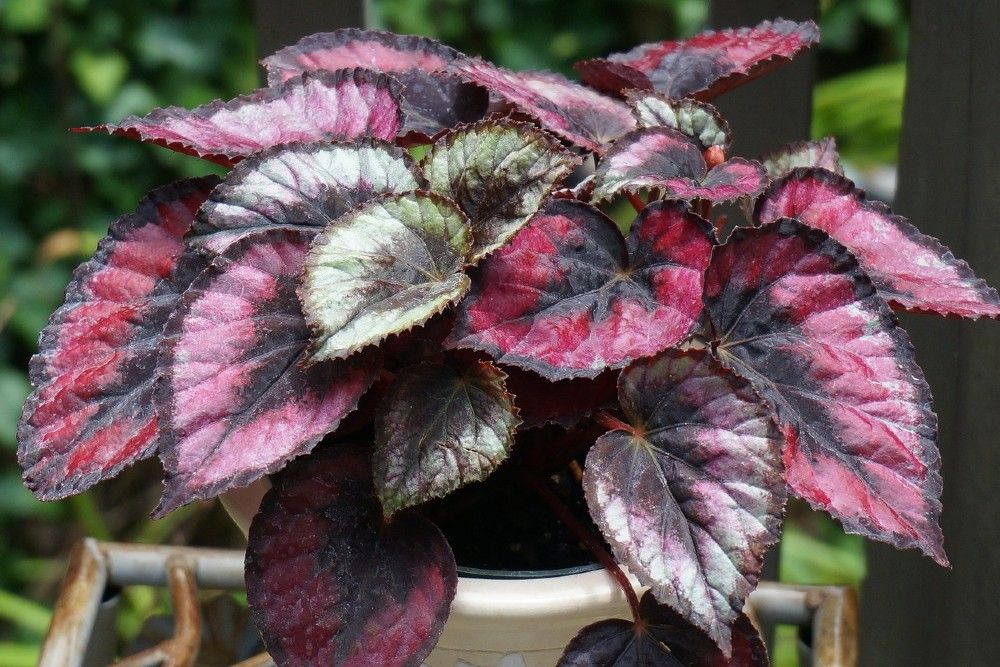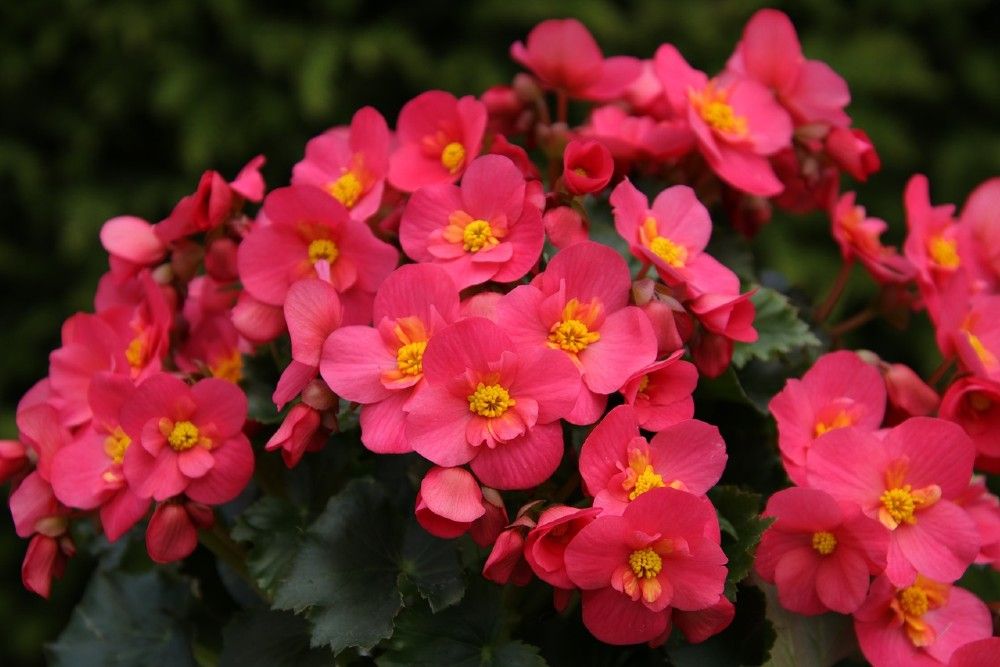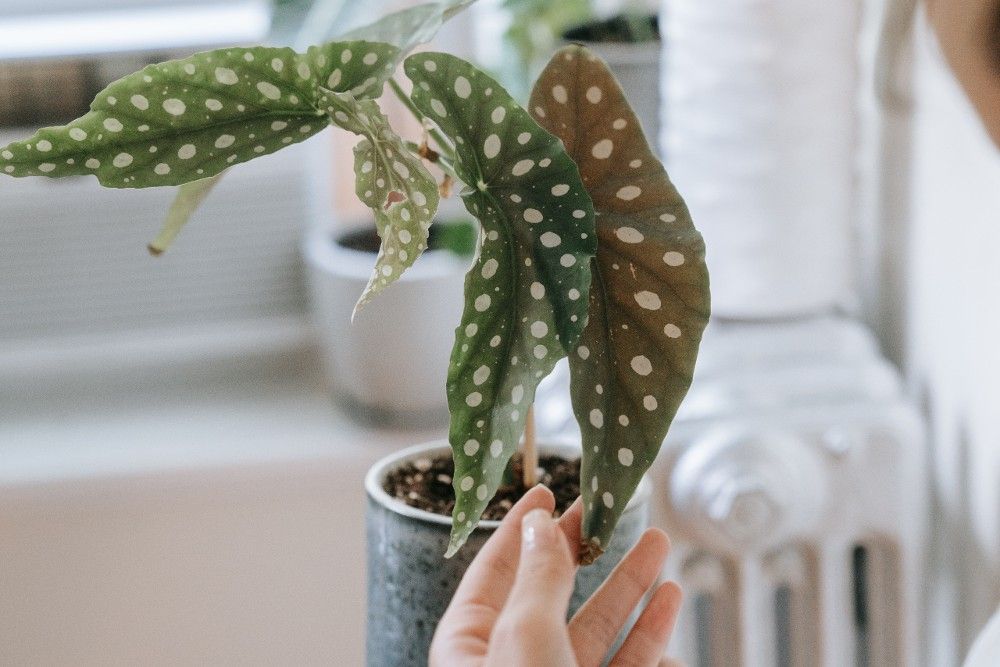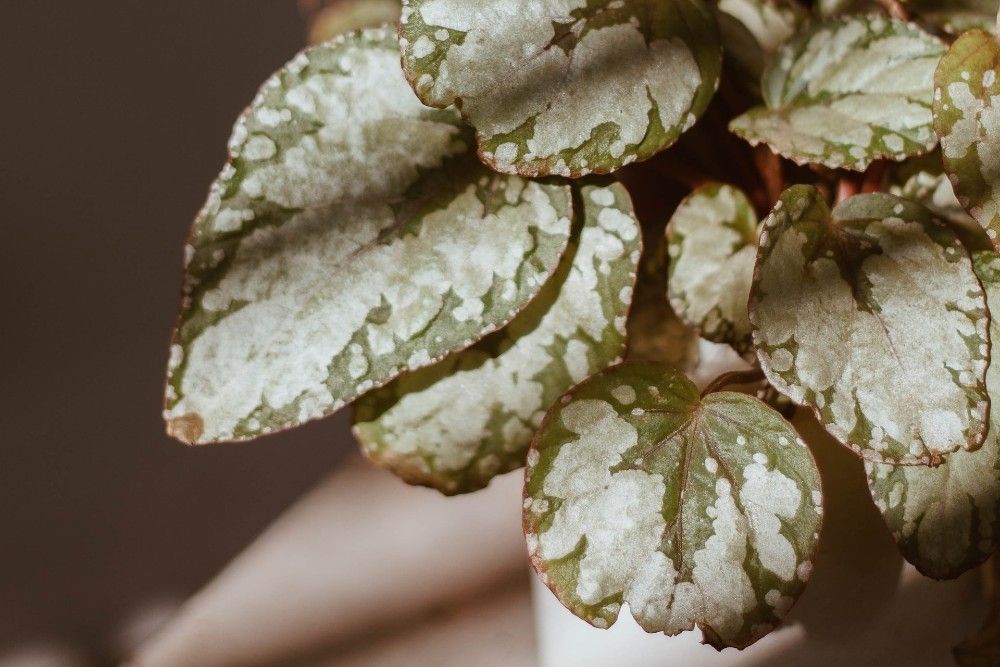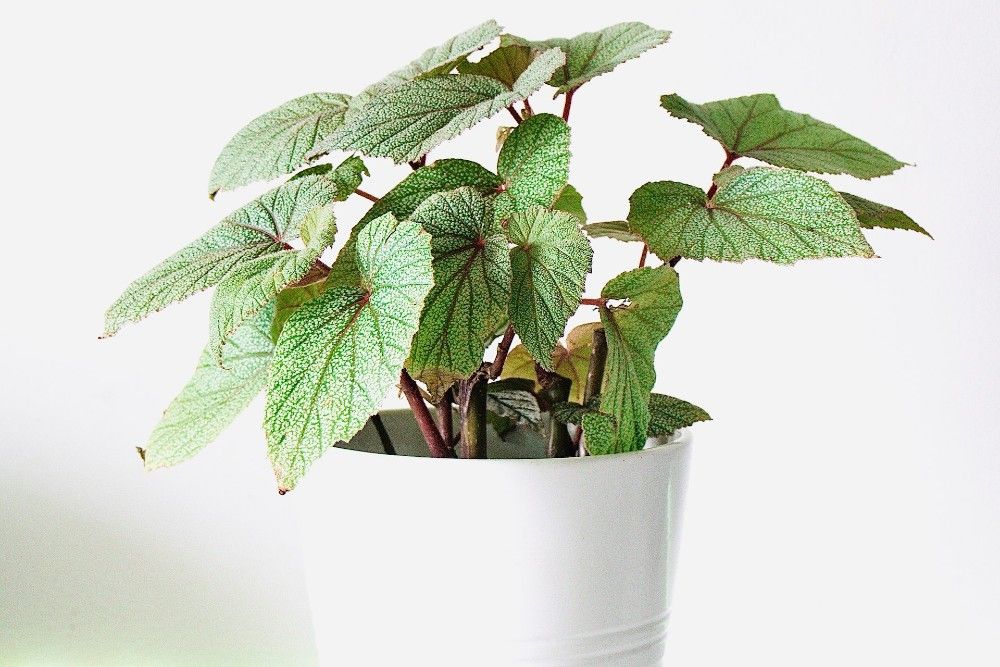Begonias are fascinating plants that thrive outdoors in the summer months. They offer stunning blooms and eye-catching foliage, but if you don't live in a temperate climate, they probably won't survive the winter outside.
For this reason, it's a good idea to move them inside before the frosts come. Even though you can grow some begonias indoors, other varieties can be tricky to acclimatize. That's why, in this guide, you will learn everything about growing these gorgeous plants inside the house during the cold winter months!
Materials Needed
Image credit: Diem Nguyen via Pexels
Before you grow begonias indoors for winter, you’ll need some tools first, including:
- Shovel
- Pot
- Soil Mix
- Fertilizer
Types of Begonias
Image credit: leoleobobeo via Pixabay
Before growing Begonias inside, you need to know which varieties are suitable for this. Rhizomatous and fibrous begonias are generally easy to grow inside, but tuberous begonias are not. The best way to save your tuberous begonia is to dig it up and store the roots, similar to how you would overwinter bulbs. Store them in a cool, dry place for the best results.
If you are unsure about your type of begonia, inspect the roots. Rhizomatous begonias have roots that creep horizontally across the soil and should be easy to spot at the surface, poking out. Fibrous roots are small, thin roots that you may be more accustomed to seeing. Tuberous roots are fairly easy to identify, as they are very thick and bulbous.
Best Types of Begonias to Grow Indoors
Image credit: Mrajonhorn via Pixabay
Rhizomatous begonias are the easiest to grow indoors. They encompass a diverse group, known for their striking foliage and white or pink flower clusters. Popular varieties include lilypad and beefsteak begonias.
Rex begonias, another admired variety, are also a rhizomatous begonia. However, it’s important to note that their care needs vary from others in this group, and they are arguably the hardest of the indoor varieties to care for. Most rhizomatous begonias act as perennials in temperate climates, thriving year-round, but rex begonias can’t stand extreme heat or cool temperatures. They're picky, enjoying moderate temperatures around 60 or 70 degrees Fahrenheit.
Fibrous begonias are also easy houseplants if you give them enough care. Their appearance varies, from round compact plants to tall canes. The round plants, called wax begonias, are grown for their bountiful flowers. To support their blooms throughout the winter, provide them with more sunlight.
Cane begonias, such as the angel wing polka dot, are stunning and popular houseplants year-round. They can grow tall but require stakes for support. Plus, their vibrant leaves are delicate. Their foliage is decorated in white spots, while the underside is painted an intriguing red.
Bringing Begonias Indoors for Winter
Image credit: Sasha Kim via Pexels
Once you know the type of begonia you have or would like to grow, it's time to determine when to bring them indoors. The majority of begonias are sensitive to cold temperatures, so bring them in before the first frost, or you may lose them.
Check to see when is the first expected frost date, and plan to bring your plants in a few weeks before that, depending on your nightly lows. If nighttime lows consistently drop below 60 degrees Fahrenheit, it’s best to bring them indoors.
If your plant is in the ground, dig it up carefully, using a shovel, trying to preserve as much of the root as possible, and then pot it in your preferred soil mix. Begonias prefer a fertile but well-draining medium. If your plant is already in a pot, this is a good time to see if it is rootbound and repot if needed. Next, move the plant into the shade for a week to acclimatize to the lower light levels. Before you bring it indoors, be sure to check for pests and treat it if necessary.
When you bring begonias indoors, they may lose quite a few leaves. It is normal as they adjust to the lower light, especially if they had a lot of growth during the summer.
Choosing the Ideal Spot for Your Begonia
Image credit: Isabela Kronemberger via Unsplash
Choosing the right spot for your begonia indoors for winter is crucial to ensure it keeps thriving through the dark winter days. Begonias will not be happy with blasts from an air conditioner or heating unit, so place them away from drafts. Rex begonias prefer higher humidity levels than other varieties, so they do great in a bathroom with ample light.
Begonias prefer bright but filtered light. An east-facing window is ideal. A west or south-facing window may also work, especially in the winter months when the light isn’t as strong.
If you get a lot of hot sun through these windows, set the plant back a few feet or pull a sheer curtain across the window. If you don’t have a spot in your house with enough light over winter, consider grow lights.
Begonia Care
Image credit: Sanni Sahil via Unsplash
Begonias are easy to care for, but most varieties don’t do well on neglect. Rex begonias, in particular, require moist soil. If you let them dry out, they will quickly lose leaves and it may be difficult for them to bounce back.
Water all types of begonias regularly, but ensure there is proper drainage in the soil and pot as they are susceptible to root rot. All indoor varieties of begonias require regular fertilization throughout the winter months as they never go dormant. A liquid fertilizer diluted to half strength is the preferred method.
Because the don't go dormant, they’ll push out stunning foliage and flowers brightening the darkest months!
Everyone Inside!
If you love the vibrant colors of your begonias outdoors in the summer, you can also enjoy them indoors for winter. When spring rolls around and all chance of frost has passed, you can return your plants to their home outdoors if you wish. Or, if you’d like to keep a small plant inside, begonias are also easy to propagate.
Are you growing begonias indoors for winter? Comment below, and as always, please share!


